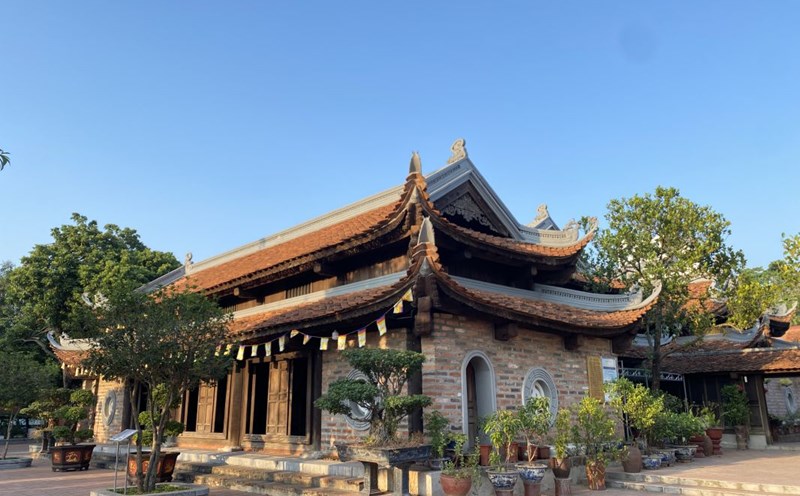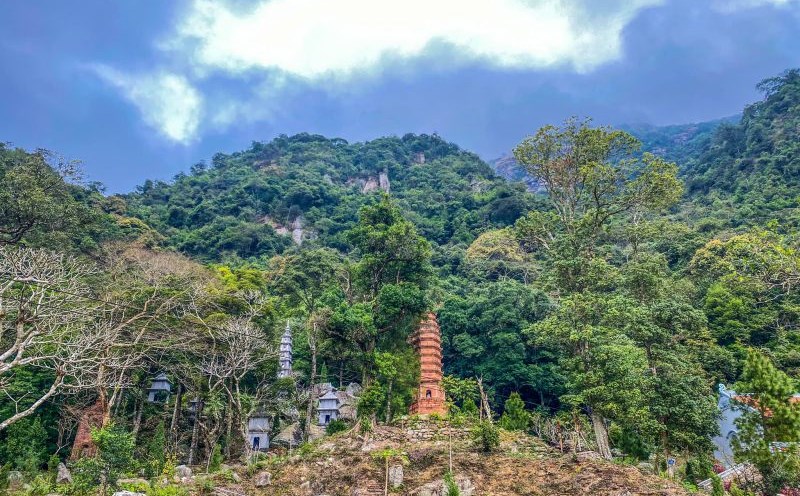Hang Pagoda was built in the 2nd century BC. According to legend, in the 2nd century AD, a monk from Thien Truc and traders went to Giao Chau to spread Buddhism. When arriving in Do Son, the monk stopped here and chose a grotto to live and monk. This stone cave later became a place of worship and was called Hang Pagoda.
Therefore, Hang Pagoda is not just a simple pagoda but also an important historical relic. The existence of Hang Pagoda shows that Buddhism has entered Vietnam very early.
The original Hang Pagoda was built in the heart of a natural grotto, 3.5m high, 7m wide, divided into two steps. The cave is shaped like a ladder, about 25m deep into the mountain. The inside of the cave is 1.2m high and 1.3m wide. Initially, the pagoda was located close to the edge of the sea, convenient for fishermen to do religious activities. Through the ups and downs of history, Hang Pagoda has been renovated and expanded many times.








The current Hang Pagoda is a harmonious combination of ancient and modern features. The pagoda is located in a natural cave, with a large cave entrance, leading to a spacious space inside. The pagoda's architecture is imbued with ancient style, with natural stone walls creating a mysterious and solemn space. Large, rough stones surround the pagoda, creating a foundation for elaborately built architectural works.
The special feature of Hang Pagoda is that the natural cave is still kept intact. This cave is used as a place to worship ancestors. Inside the cave, natural stone jars create interesting and beautiful shapes.
In addition, Hang Pagoda is also a symbol of the indomitable spirit of Do Son people. Despite many historical ups and downs, Hang Pagoda still stands firm, a place to protect the spirit of the people here.
Hang Pagoda is one of the prominent spiritual tourism destinations in Hai Phong, attracting a large number of tourists from all over the world.











